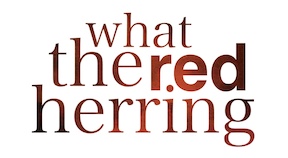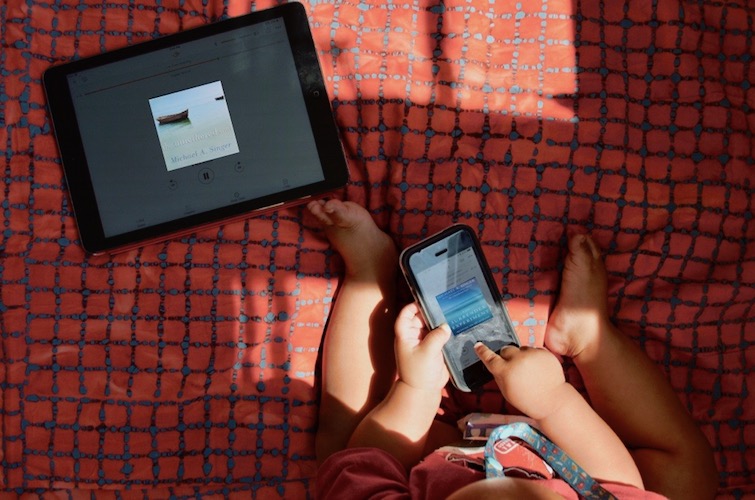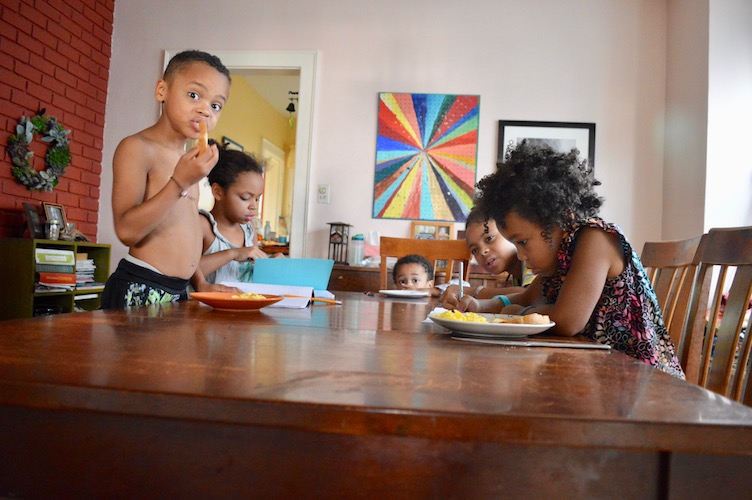
Since the Chaplain has an Audible account, I can listen to lots of audio books I would never choose on my own. It has really broadened my horizons. The Surrender Experiment and The Untethered Soul, both by Michael A. Singer, were no exception.
I knew the Chaplain had found Singer’s books meaningful, and then I heard the Chaplain’s mom had found them meaningful, and I was like, “FINE. I’ll read them.”
The Chaplain and I were talking about this recently, and he told me he thought I wasn’t interested in the type of books he read. (No hard feelings here. He isn’t into historical fiction, either). I told him, I’m still not interested! But my need for the content is greater than my distaste for the genre.
As we roll into the weekend, I’m reflecting: What is the Sabbath?
I’m reading a great book right now, Emotionally Healthy Spirituality, by Peter Scazzero. I suspect it’ll get mentioned in a few more posts, including one of its own. For now, I’m thinking about the section I’m reading about observing the Sabbath. It talks about the importance of this observance, and the need for it in our lives.
Scazzero promotes flexibility when it comes to applying his book to real life. In the case of this principle, all you have to do, he says, is take a 24-hour Sabbath one day a week. It doesn’t even matter which day. (If you think you detect a wee bit of sarcasm in the last sentence, you’re right.)
With all the nonfiction reading I’d done over the summer, I was a little nervous about diving into fiction again. But my mom recommended this one to me, and I was ready for something different.
The Brontë Plot, by Katherine Reay, got off to a slow start, so I wasn’t sure what to think. I kept reading, though, and I’m glad I did.
Several years ago, the Chaplain and I watched a documentary about parrots that was equal parts fascinating and disturbing.
What stuck with me was what the documentary had to say about the nature of parrots. In the wild, they mate for life. When they live solitary lives with humans, they attach themselves to their owners and rely on them not only for food and shelter, but also the attention and affection they would normally get from their mates in their natural habitat.
As it turns out, humans make crappy mates for parrots. We are fickle, have short attention spans, and I suppose, a low tolerance for squawking. And when parrots rely on humans for needs they should be having met by another parrot, they are disappointed. In the face of this, they can begin to turn to self-destructive behavior. They act out in the face of grief at their unmet needs. I’m not pretending parrots have the full range of emotions. But seeing parrots who had plucked half their feathers out in frustration and anger, covered with scabs from self-inflicted wounds, it was clear they were feeling something.
I was reminded of this misplaced need earlier this summer when I stopped at a rest stop on the long drive home from Pennsylvania after visiting family.
I confess that until I found The Iron Giant, by Ted Hughes, illustrated by Laura Carlin, at our library, I didn’t think of the movie that came out in 1999 as being based on a book. But of course, it was. And naturally, the book is better.
The author is actually a poet, which didn’t surprise me at all, since much of what makes the story so compelling is the poetic way in which it is told. In the version we read, which came out in 2010 (the original story came out in 1968), the illustrations sometimes include part of the text from the story, which is attention-getting and even moving at times. With repetition and descriptions that use sensory vocabulary in an incredible way, the story slides in for a home run.
As I read it, I was thinking how very different it is from the movie, and about what makes the story so good.






